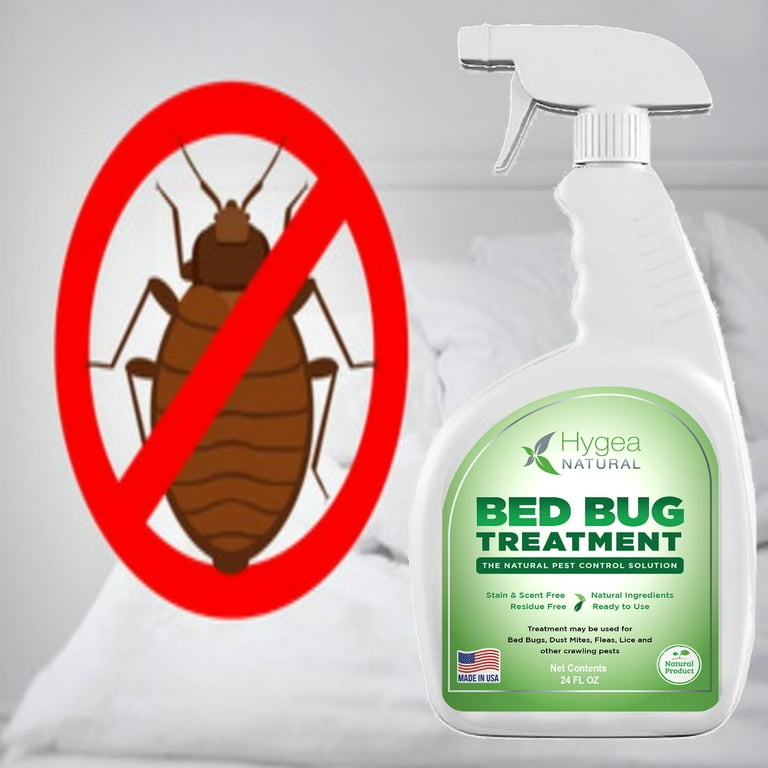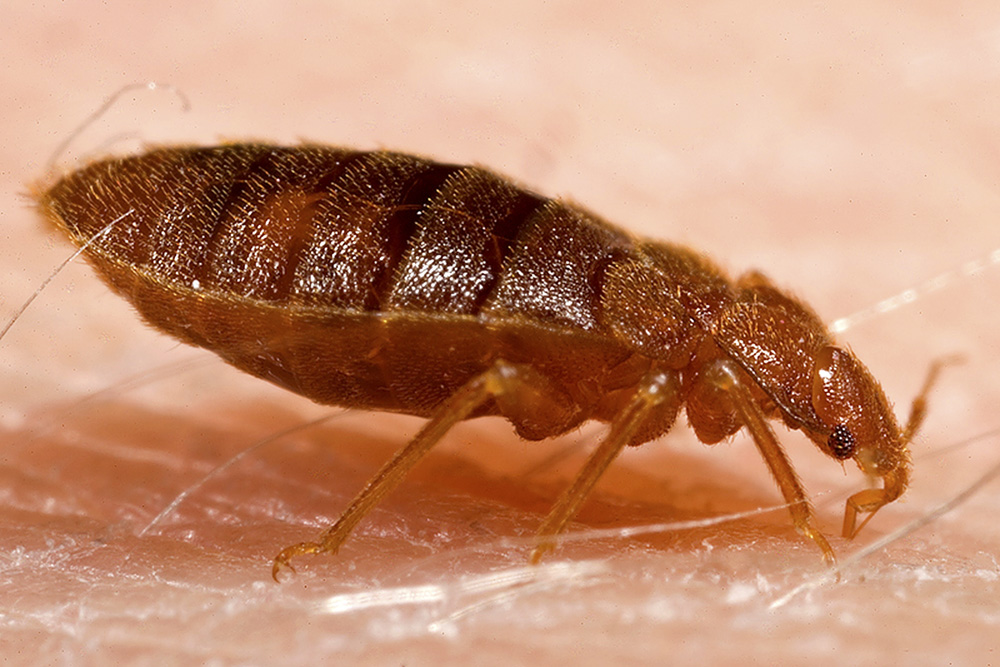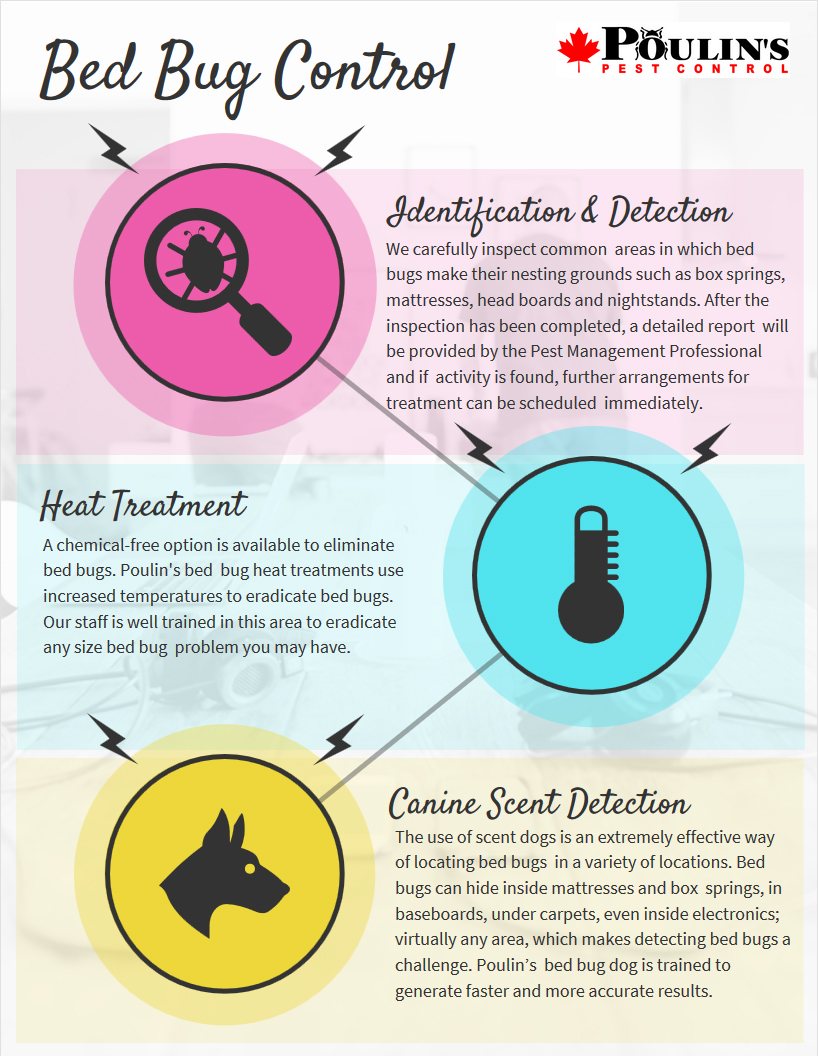Sorts Of Bug Control: Which Approach Is Right for Your Infestation?
When encountered with a pest infestation, the selection of an appropriate approach for parasite control is essential in efficiently managing the scenario. By checking out the various kinds of insect control approaches available, individuals can make informed choices customized to their special situations, ensuring an extra sustainable and reliable outcome in bug removal.
Chemical Pest Control
Chemical bug control involves using artificial or naturally obtained chemicals to manage and remove pest populations effectively. This approach is frequently made use of in agriculture, forestry, and household settings to fight a variety of bugs, consisting of weeds, rodents, and pests. The use of chemical pesticides can supply fast and targeted services to pest problems, making it a prominent selection for numerous people and organizations.
One of the essential advantages of chemical insect control is its capacity to swiftly eliminate bugs, lowering the danger of damages to crops, property, and human health and wellness. By utilizing particular chemicals that target specific parasites, this method can effectively control problems while reducing damage to helpful organisms and the atmosphere when applied appropriately.
Nevertheless, the use of chemical pest control likewise elevates concerns regarding possible damaging impacts on non-target species, water resources, and human health and wellness. It is important to adhere to safety and security guidelines, apply chemicals properly, and think about different pest control approaches to minimize these dangers and make certain lasting bug management practices.
Organic Pest Control
Biological parasite control, additionally called biocontrol, makes use of living organisms to decrease and handle parasite populaces naturally. This method harnesses the power of nature to control insects without the requirement for synthetic chemicals. Biocontrol can involve the intro of natural enemies of the bug species, such as parasites, pathogens, or predators, to subdue parasite populations. By utilizing the parasite's natural killers or virus, biological pest control supplies a lasting and environmentally pleasant service to pest management.

Mechanical Pest Control
Using physical and hands-on methods to manage pest populaces, mechanical bug control supplies a different technique that does not depend on the usage of living organisms or synthetic chemicals. This method involves making use of obstacles, catches, or various other tools to literally prevent or eliminate pests. By blocking pest entrance factors or establishing catches to catch them, mechanical pest control can efficiently decrease invasions without introducing chemicals right into the atmosphere.
One common instance of mechanical bug control is using mesh displays on home windows and doors to stop pests from going into buildings. This simple yet effective approach functions as a physical barrier, maintaining bugs out while enabling proper air flow. Furthermore, devices like mousetraps, fly swatters, and ultrasonic repellents drop under the mechanical insect control group.
While mechanical bug control methods can be labor-intensive and call for routine monitoring and upkeep, they offer a eco friendly and lasting service for taking care of insect problems. By integrating different mechanical strategies, building owners can develop a comprehensive bug control strategy that reduces reliance on chemical pesticides.
Physical Pest Control

Some common physical pest control methods consist of using obstacles such as screens or nets to avoid insect access, catches to catch and remove bugs, and hand-picking to literally eliminate bugs from plants or structures. Furthermore, methods like warmth therapies can be used to manage parasites like bed pests by raising the temperature level to degrees that are deadly to the insects.
Physical parasite control is specifically helpful in integrated bug management (IPM) strategies, where numerous insect control approaches are integrated for effective parasite administration while decreasing the usage of chemicals. By utilizing physical parasite control methods, people can successfully address parasite problems with very little environmental effect.
Integrated Pest Administration
When implementing physical bug control approaches as component of bug management methods, Integrated Pest Administration (IPM) becomes a detailed strategy that leverages different strategies to effectively manage pest populaces. IPM focuses on long-lasting avoidance of pests with a mix of biological, cultural, physical, and chemical devices tailored to particular insect concerns. By integrating several control methods, IPM aims to reduce the threats related to bugs while also lowering dependence on chemical remedies.
One key aspect of IPM is the emphasis on tracking and assessing pest populations to figure out one of the most ideal control methods. This proactive method allows for very early treatment additional reading and targeted approaches, leading to much more effective insect administration. Additionally, IPM promotes eco-friendly methods by focusing on non-chemical control techniques and just utilizing pesticides as a last resort.
Final Thought

By utilizing the parasite's natural predators or microorganisms, organic pest control provides a lasting and environmentally friendly service to pest administration. - Kings pest control Cincinnati Ohio
Utilizing physical and manual approaches additional hints to handle insect populations, mechanical bug control provides an alternative technique that does not rely on the usage of living microorganisms or synthetic chemicals.An effective technique to handling insect populaces without depending on chemical or biological approaches includes the usage of physical parasite control techniques.When carrying out physical bug control approaches as component of bug monitoring methods, Integrated Bug Administration (IPM) emerges as an extensive approach that leverages various techniques to effectively regulate pest populaces. Chemical insect control involves the use of chemicals, organic bug control uses natural killers, mechanical bug control includes physical barriers, physical parasite control includes trapping or getting rid of bugs, and integrated pest monitoring combines numerous approaches for an alternative approach to pest control.